Artists who take photographs in this age are fighting someway against the sense of already seen. This might be a chance for a critic attitude to one’s own work?
Colin Pantall (CP): Work should have a non-tangible, subjective element that goes beyond being seen towards being felt; something that is not passive, two-dimensional and semiotically limited. To do this is to get into some fuzzy areas where a vague subjectivity reigns. This is not ideal and presents a looseness and lack of clarity of language, but language and rational thought are strictly limited and can not fully explain how photography works.
This is tremendously important as there is the idea (analagous to the end-of-history concept) that it has all been done and there is nothing new. Just as history didn’t end in 1989, so photography hasn’t ended because of the mass of images that we constantly look at. This idea that everything has been done is a sign of the limitations of our own imaginations. If we are changing the number of images we look at and the media through which we view them, perhaps we should also note how this has affected the way in which we look at them and the manner in which our we absorb what we see.
I don’t know how I can critically apply this to my own work, but I think that, despite the mass of domestic and screen-watching images, some of my work is different enough that it hasn’t already been seen, that the combination of looking, physicality, being and ambiguity of space apparent in my work adds up to a whole that is something more than the parts. Yet what that whole is I’m not sure.
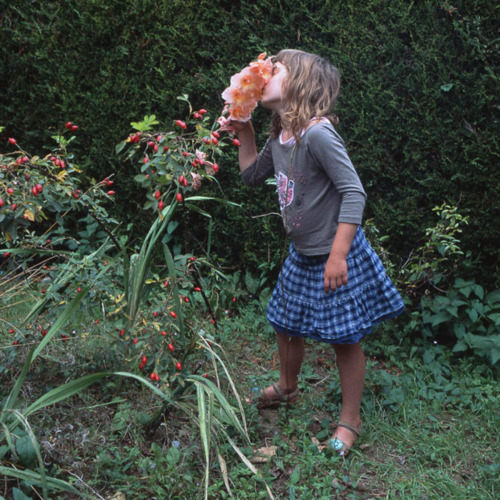
© Colin Pantall from the series 'Life on Mars'
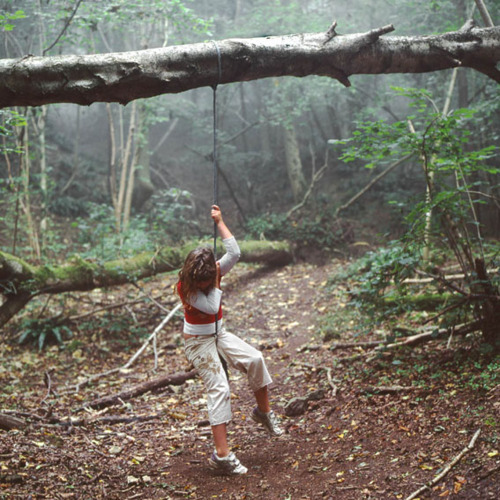
© Colin Pantall from the series 'Flora'
‘Illusion only is sacred’ wrote Feuerbach in 1841: is his anticipation on the 'spectacularization of modern age’ still true?
CP: I am not at all familiar with Feuerbach but I should be. Wikipedia helps and has taught me that Feuerbach believed that iIlusion is sacred but the sacred is also illusion, the product of our fancy projected onto the world to help us control what we cannot understand. We could also say that language and theory are means of controlling what we don’t understand or can’t explain very well. This helps explain the credence we give to sermons pronouncing on art and photography - pronouncements that conceptually spectacularize in themselves. So the spectacularization of the modern age is still relevant, but the question should be who is the spectacularization of the modern age relevant to? And who isn’t it relevant to and why? Why do some people bite the bait of the spectacle and others don’t? To what extent is it a social construct, a game that we all play, including me by answering these questions in this way.

© Colin Pantall from the series 'All Quiet on the Home Front'
“It has all been done” or “we have seen it all” are examples of this - an intellectual spectacularization of our exhaustion if you like, an elevation of our fatigue into something absolute, concrete and sacred. And that fatigue seeks to eliminate other (more spectacular) spectacularizations. Perhaps we need to step back from our exhaustion - of words, of images, of soundbites and snippets - and reinvent the spectacle as something that lies beyond our knowledge, experience and field of vision. Because what’s the point of spectacularizing if we don’t do that? We all like to spectacularize. It’s not a bad thing to do, we should enjoy it and embrace it for what it is - a spectacle! So yes, there is a spectacularization of the modern age, but the form it takes is irregular and in documentary photography it has become banal. That makes looking and seeing dull and tedious. And that’s a bad thing.
Through the reading of your interesting writing on Lux Effect, we reflected on the increasing combination of real and imaginary in photography. While hyper-realist painting tends to look like photography and some photographers search for pictorial effects, what remain essential?
CP: Hyper-realist paintings still look like paintings and pictorial photographs (especially those designed to look like hyper-realist paintings) still look like photographs. They look like what they are. And if you want to make them look more like what they aren’t, well that’s fine too. It’s a handy trick to play. But the attractions of doing that are strictly limited. The value of Loretta Lux’s work was in the real side of the children she photographed and the vulnerability of that reality. It lay beyond the fictions.
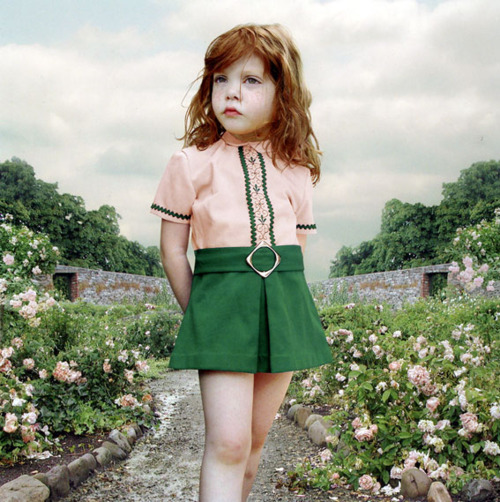
© Loretta Lux, The Rose Garden
'Write what you know’ has been claimed by author William Burroughs as a criterion for good writing. Does this apply to photography too? How important is knowledge?
CP: I can go both ways on this. Knowledge is not that important, but research is, research that includes some kind of sentiment that brings the outside world to the image, that takes us outside the three dimensions of the print or computer screen or book. People often say they want their pictures to do their talking for them, but so often their pictures are mute, they have no voice, no passion, no touch to connect beyond their title. So research can help add depth and knowledge.
At the same time, photography is not research. A project can be deeply researched, have great images and interesting back stories, but still have an emptiness about it. This kind of project might hit all the theoretical and critical buttons but if the project has been undertaken purely to hit all those buttons, one has to question its value.
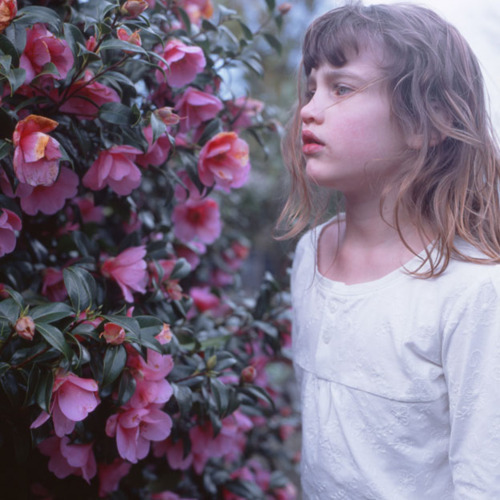
© Colin Pantall from the series 'Flora'
More important than knowledge and research is passion and conviction. You need to invest something in what you photograph - the Bechers had a passion for water towers and smelting plants. And it shows, in a good way. Too many people photograph what they think they ought to. That shows too, but in a bad way.
In your Sofa Portraits the observer is projected in domestic interior spaces, which stages well the inevitable loss of intimacy produced by Henry Lefebvre’s 'predominance of visualization’. In your photography the relationship with childhood is a recurring theme, why?
CP: 'The predominance of visualisation serves to conceal repetitiveness. People look and take sight, take seeing, for life itself’. I think that is a quote from Lefebvre but I’m not quite sure how the repetition works in the realm of the domestic. I like to think there are different elements of repetition and different elements of intimacy in Sofa Portraits, which resonate in unpredictable ways depending on who is viewing the images.

© Colin Pantall from the series 'Sofa Portraits'
I am trying to show how the spaces created by Isabel are similar to Lefebvre’s 'differential spaces’ - a product of her resistance to parental and domestic definitions of where she should be and how she act in those places. My interest in the domestic is purely pragmatic. I spend some time away from home and I love my family so I want to photograph the people and places that are near me. That also creates different visual and spatial relationships with both people and sites in my photographs that draws me into different aspects of body and space.
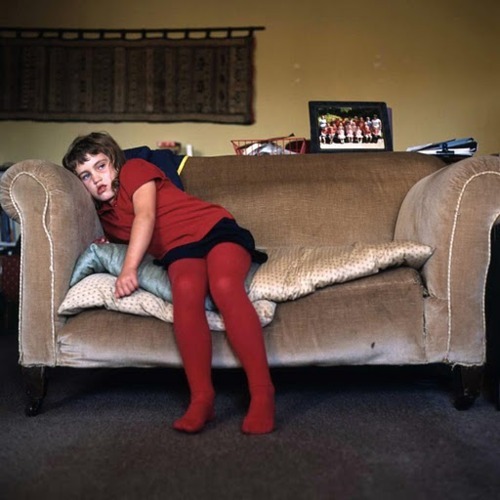

© Colin Pantall from the series 'Sofa Portraits'
The work I am currently editing looks at the different physical environments my daughter inhabits and how she makes those spaces her own and how those spaces have changed over two periods of time - the short term, personal interactions and the long term engineering and social interactions. At the same time, the work emerges from spending time with my daughter in flawed but beautiful environments where differences can also emerge from Isabel’s (and my) evolving relationship with the world around her. I also find it costly to travel to other places for my work. So I photograph what is around me in the most immediate sense. The photography is always secondary until after the event when it becomes primary.
---
LINKS
Colin Pantall
England
share this page